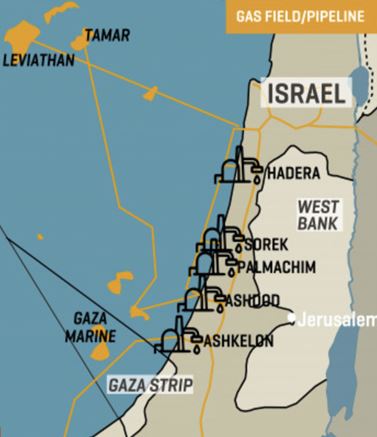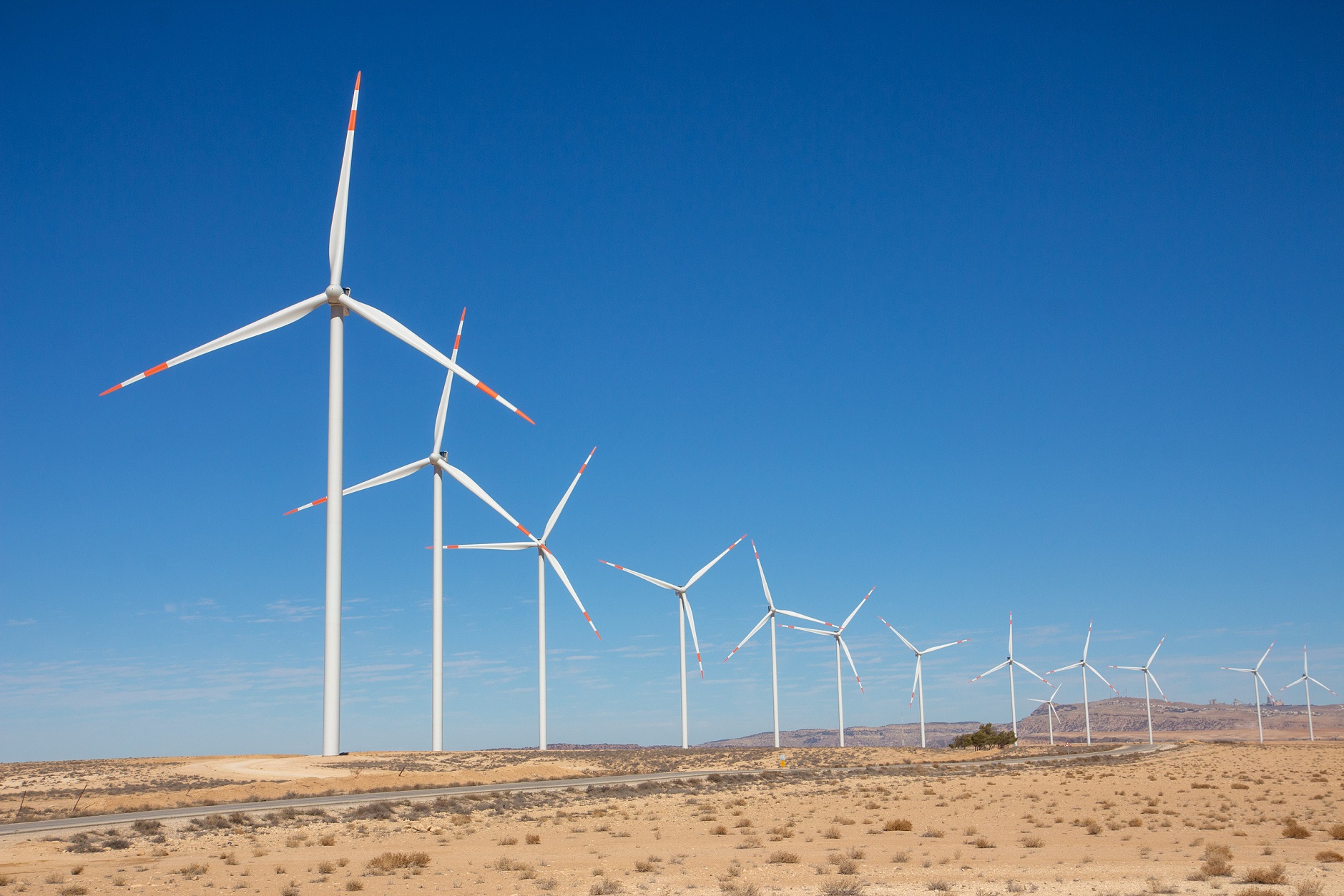Publications
INSS Insight No. 1481, June 2, 2021
At the virtual summit on climate change hosted by the United States on April 22, 2021, Israeli Prime Minister Benjamin Netanyahu recalled the government’s goal of generating 30 percent of electricity from renewable sources by the end of this decade. While further advances in innovative technologies, including hydrogen and carbon capture as well as renewable energy and solar energy storage, are certainly needed for Israel to meet its projected national targets, becoming a net zero carbon economy by 2050 may require cooperation with its neighbors in key areas such as water and solar energy. A renewable water nexus between Jordan, the Palestinian Authority, and Israel could significantly advance climate goals and yield mutual economic and political benefits for all the actors involved.
What follows is the second article on cooperation between Israel and Jordan in the energy realm. Click here for the first article.
Over the last five years, Israel has increased its generation of solar energy from 2 percent to almost 10 percent in 2020. However, despite the launch of some initiatives such as the solar stations in Ashalim and Dimona, successfully completing the transition from fossil fuels to renewable energy by 2050, as detailed in the April 2021 Energy Report, may still be challenging. Unlike Jordan, Israel lacks sufficient available free land for the installation of large-scale solar power plants and solar energy storage. Furthermore, while geographically both Israel and Jordan are suitable for renewable energy development, as they are both located in the “solar sunbelt” (an area with one of the highest rates of solar exposure in the world), the cost of producing renewable energy is expected to be only three US cents per kilowatt-hour in Jordan, compared to five cents in Israel. This disparity is primarily a function of Jordan’s cheaper land and labor prices.
Jordan has committed to fully develop its renewable energy sector to cope with environmental challenges and the kingdom’s significant trade deficit (92 percent of its primary energy needs are imported from abroad). Jordan recently launched the National Energy Strategy for 2020-2030, which aims to increase the contribution of renewable energy to the energy mix from 20 percent in 2020 to 31 percent by 2030. The country is already attracting international investments from financial institutions such as the European Bank for Reconstruction and Development (so far over USD 350 million for a total of 392 MW of utility-scale wind and solar projects in the country) and the European Investment Bank (EIB). Thanks to co-financing mechanisms, larger shares of domestic capital for renewable energy development have been mobilized. Additional investments in infrastructures for the energy storage, transmission, and distribution as well as grid interconnection with neighboring countries will allow Jordan to become the solar-based electricity hub for the region. Jordan therefore has the potential to sell renewable energy to Israel at a lower price than Israel could produce on its own. A comprehensive deal based on desalinated water for solar electricity could further reduce the price.
Indeed, Jordan’s water deficit (which currently reaches half a billion cubic meters per year), has long been a major challenge and is expected to worsen in the coming years. Surface water is decreasing due to the side effects of climate change (lower winter rainfall and a higher evaporation rate); groundwater extraction is already carried out at a high rate and is not sustainable in the long term; treated wastewater is expensive. The expected increase in population growth is likely to exacerbate the water crisis in the near future and a sustainable, comprehensive and long-term solution is urgently needed.

Israel has a significant capacity to produce desalinated water from the Mediterranean Sea. With its five principal desalination plants – Sorek A, Hadera, Ashkelon, Palmahim, and Ashdod – plus approximately 30 smaller plants, Israel produces more than 700 million cubic meters of desalinated water per year (702 million m3/year). A sixth desalination plant, the Sorek B facility, is currently under construction and will supply an estimated additional 227 million m3/year, bringing the desalinated water up to 85-90 percent of the Israeli annual consumption. Desalination technology produces high quality drinking water at reasonable cost (in the Sorek B tender, the water price was set at approximately 1.5 shekel per cubic meter) from an unlimited water source, the sea. Consequently, Israel no longer experiences a water shortage, and by far leads the world in reclaiming wastewater (about 93 percent of Israel's wastewater is purified), with a capacity of sewage treatment that exceeds 80 percent, most of which is then reused for agriculture purposes. Israel expects to increase its volume of desalinated water further, reaching 1.100 million m3 by 2030, an amount that will exceed its national needs.
While desalination technology has allowed Israel to overcome its water shortage, the expansion of its infrastructures raises questions about the sustainability of this technology because of the resulting greenhouse gas emissions and their environmental impact. The carbon footprint of a cubic meter of water produced by the current Israeli seawater reverse osmosis desalination plants is estimated between 1.4 and 1.8 kg of carbon dioxide (CO2). This is due to the production of electric energy from fuels. Desalinating 1000 cubic meters of seawater could potentially release as much as 1.8 tons of CO2. Therefore, the expansion of Israel’s desalination infrastructures in a sustainable way, which aims to minimize greenhouse gas emission and progress toward carbon neutrality, requires that renewable energy sources directly power the desalination plants.
Securing the supply of renewable energy from Jordan at a competitive price would allow Israel to expand its desalination sector in a sustainable way and produce a surplus of water that exceeds its national needs. This in turn could be sold to Jordan and to the West Bank, which desperately need more water.
The desalinated water should be transported from the Mediterranean Sea to the Amman region, home to more than 40 percent of Jordan's population. A pipeline originating between the Hadera desalination plant and Haifa would allow the transportation of water through Israeli territory only before arriving in Jordan, without passing through the West Bank, thus avoiding political hurdles.
The water pipeline from the Mediterranean Sea to Amman should be more cost effective than any water infrastructure foreseen in the Red Sea-Dead Sea project. The initial estimate of transported water from the Mediterranean Sea is around 1.75 USD/cubic meter, half of the price of the water eventually transported from the Red Sea to Amman (initial estimates were 3.5 USD/cubic meter. The distance from the Mediterranean Sea to Amman is actually much shorter than the distance between the Red Sea to Jordan’s capital. Furthermore, although the height difference between Yarmouk tributary to the Jordan River (-200 meters below sea level) and Amman (1100 meters above sea level) is significant, the route that the pumped water would have to take is relatively short), making the related energy costs lower than those envisaged for the route from the Red Sea to Amman. The West Bank could be served with a second pipeline departing from the main one.
The development of a water–solar-based electricity nexus is also expected to bring mutual political gains, addressing conflict drivers, advancing a two-state solution, and promoting confidence building and cooperation in a region mired in conflict. The triangular Jordanian-Palestinian-Israeli cooperation will both enhance regional stability and further the green revolution.



